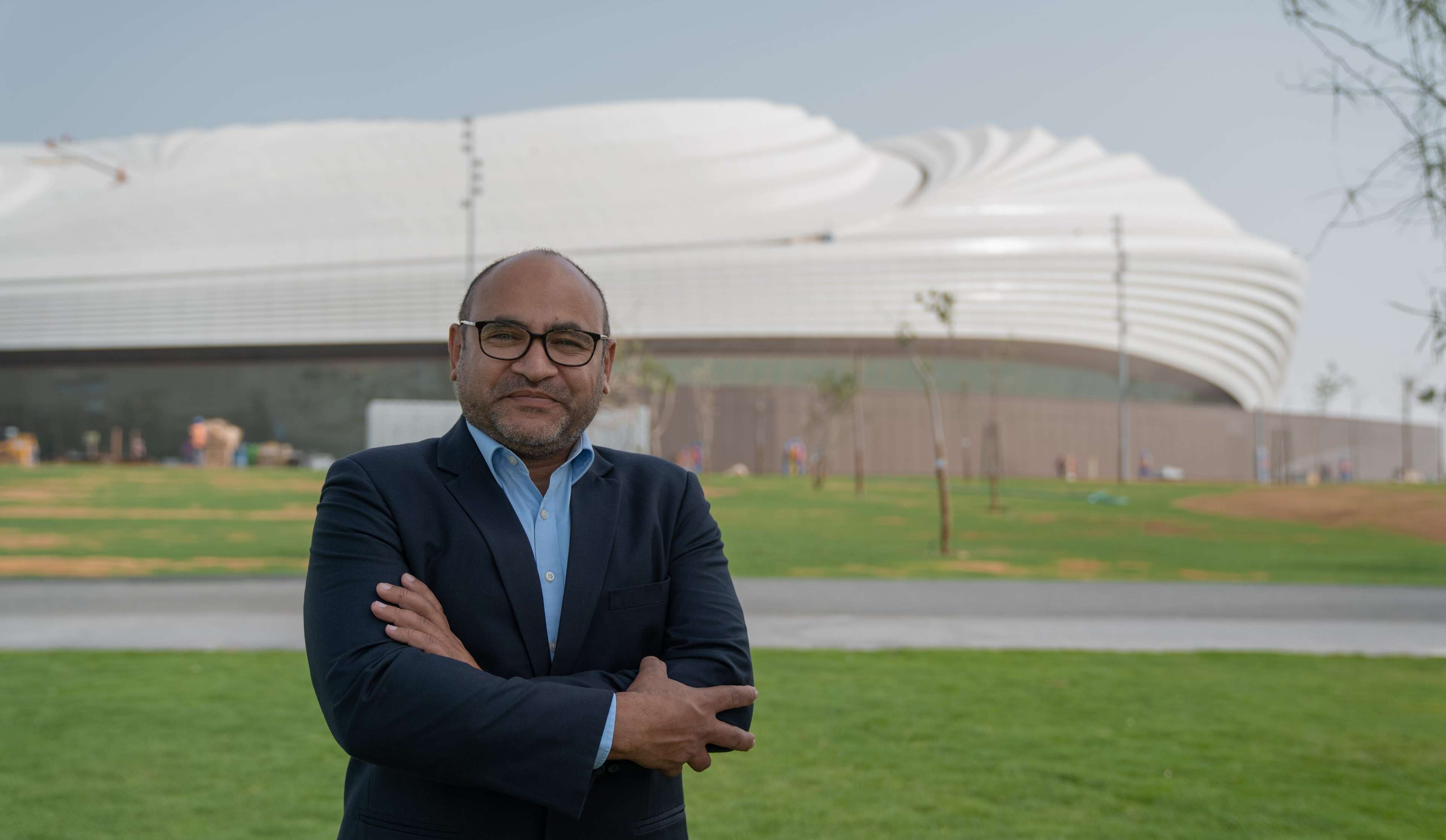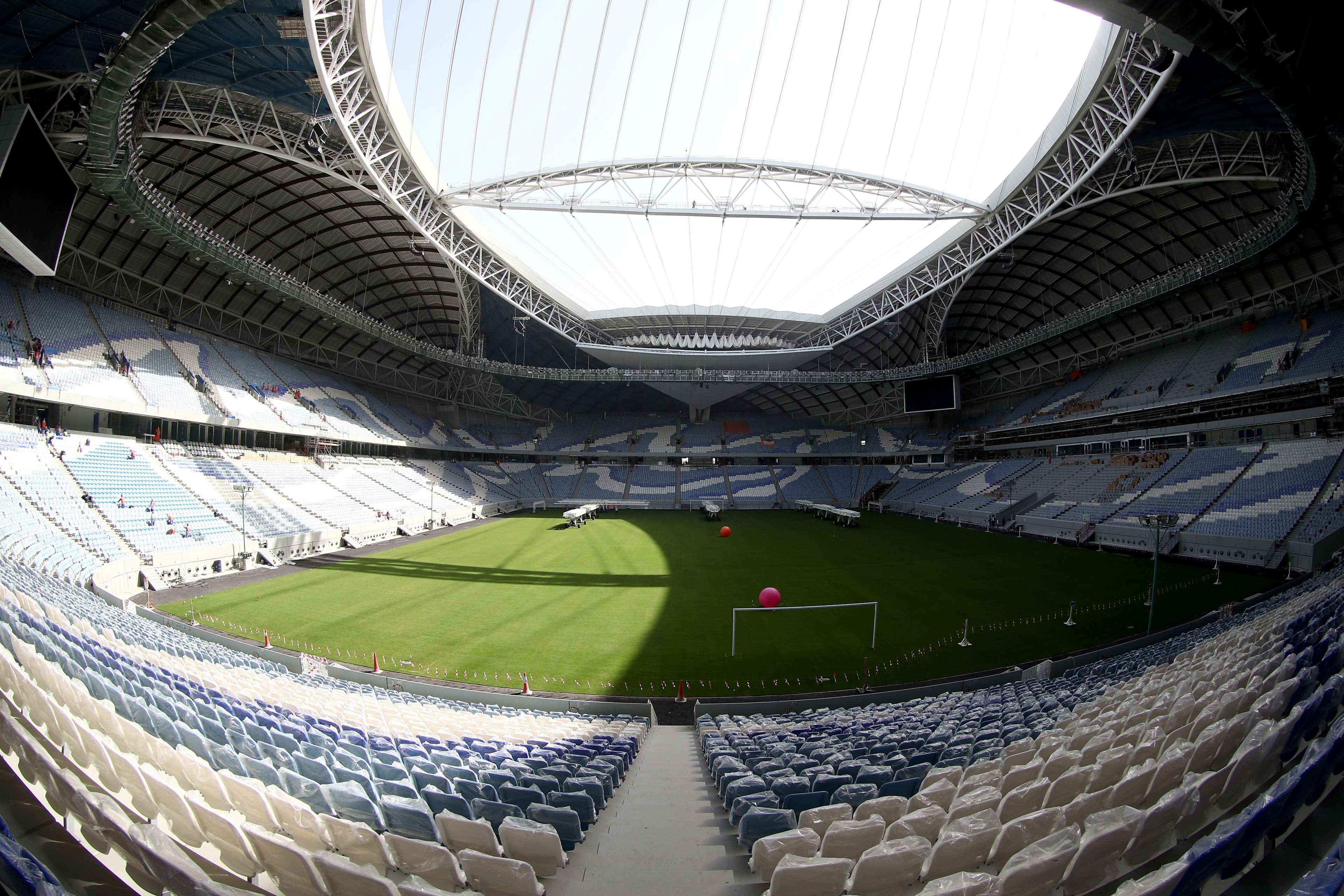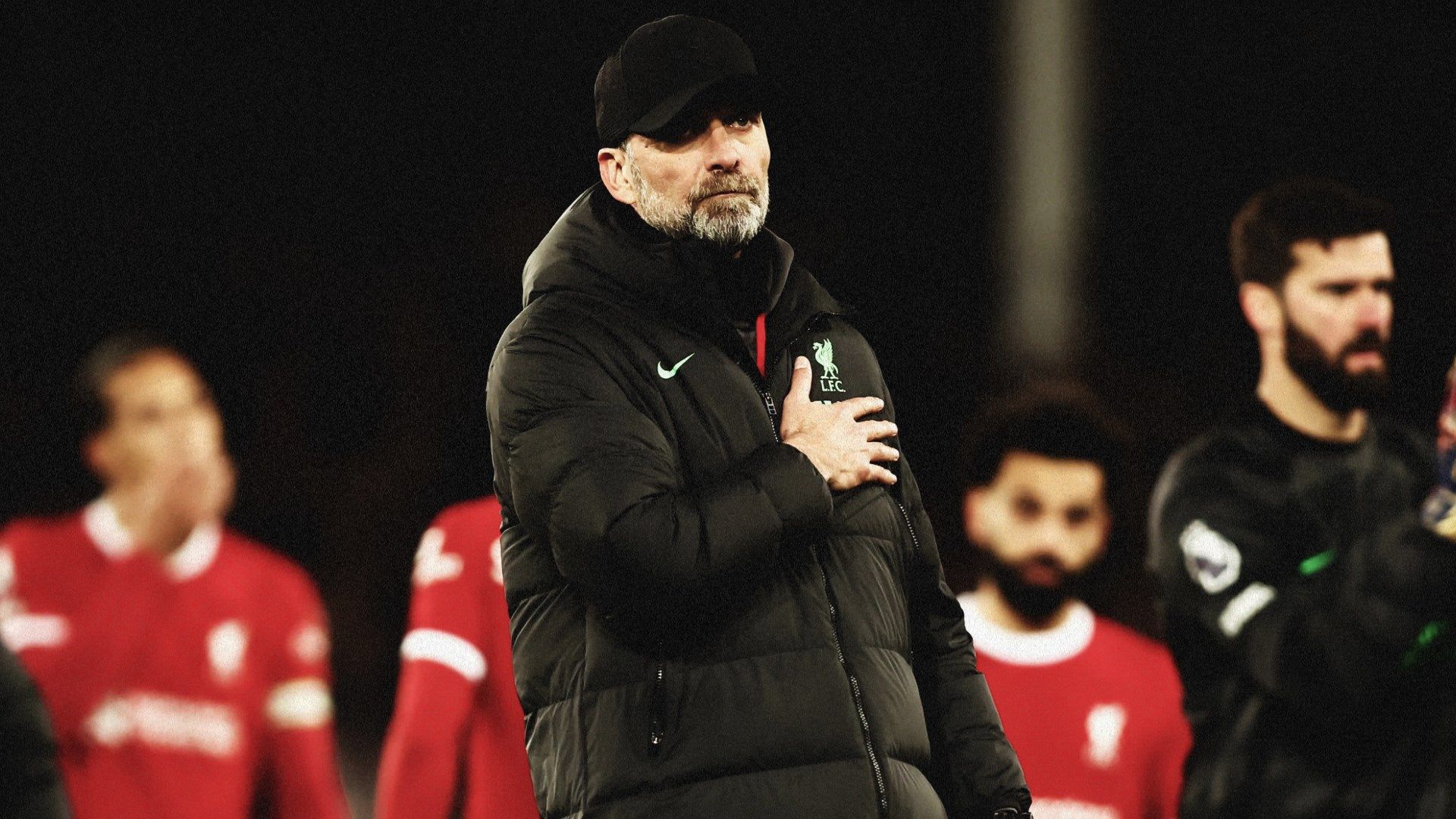The Al-Janoub Stadium, one of the eight venues selected to stage the global competition in Novermber-December 2022, threw open its gates on Thursday, 16 May 2019. The stadium is the second Qatar 2022 venue to be opened and is the first arena to be completed from scratch, will host the Amir Cup final.
Interestingly, it is also poised to be Spanish legend Xavi's last game as a professional footballer as the former Barcelona midfielder captains his Al Sadd side against Al Duhail.
Dr Ghani explained how the cooling technology would work at the 40,000-capacity stadium. "We use the platform of the stadium to defend it against the infiltration of warm wind. This means the stadium is a barrier that is basically containing a cold bubble inside. The technology works by maintaining the cold bubble for as long as necessary in order for people to watch the game, and so the players are comfortable," he said.

The Khalifa International Stadium in Doha was the first venue to be completed in 2017. However, the Al Janoub and the Khalifa International Stadium's cooling technology is pretty distinctive in nature.
"Khalifa International Stadium is a mature stadium with an athletics track. Inherently, the stadium has a big oculus and this challenge demanded unconventional treatment. As Khalifa is a well-established, existing stadium we couldn’t implement all the technology we wanted as we were bound by existing concrete structures and a lack of free space. We couldn’t, for example, provide under-seat cooling but we used small nozzles which deliver the exact amount of cold air required for people to enjoy the game comfortably.
"At Al Janoub Stadium, we are using an air circulation technique, which means we draw back some of the air that has been cooled already, re-cool it and then push it back to the supporters and players.
"At Khalifa we were taking fresh air and pushing it to people. This is the reason the technology at Al Janoub is much more efficient than at Khalifa. Moreover, a new line of under-seat diffusers has been developed in order to deliver the air to fans in a gentle manner", Dr Ghani revealed.
The industrial engineering expert remains enthusiastic about D-Day on Thursday. "We’ve worked so hard to deliver this project and I remember when the stadium was simply a small model made out of plastic. At Qatar University, we’ve spent hours and hours in the wind tunnel, hours and hours in the lab trying to optimise the opening of the roof and the height of the stadium. But now we’re delivering the cooling and it’s good to see it’s not only on paper anymore – it’s the realisation of a team effort."
 sc.qa
sc.qa"This is a huge team effort – it’s not just engineering, we have so many people involved in the delivery, it’s a collective effort. Our cooling technology research group at Qatar University is supported by the Supreme Committee and Aspire Zone Foundation, "he further stated.
Dr Ghani saw the implementation of the technology as a long-term benefit for the citizens of the Middle-Eastern nation. "Active participation in sports and outdoor activities is one of the most important tools to produce healthy generations capable of pushing the pace of development in the country. If you go to Katara, you’ll notice the walkway in the new plaza is 100% cooled.
"We’re starting to develop cool walkways across the country, in a scientific way that will be environmentally-friendly and will not put any pressure on the electricity or water networks. This will be great for encouraging people to get out and walk during the summer and take full advantage of Qatar Rail and the neighborhood markets.
"I hope this will boost the health of the population and help the country spend less on healthcare, such as diabetes and hypertension," he concluded.

.jpg?auto=webp&format=pjpg&width=640&quality=60)
.jpg?auto=webp&format=pjpg&width=640&quality=60)

